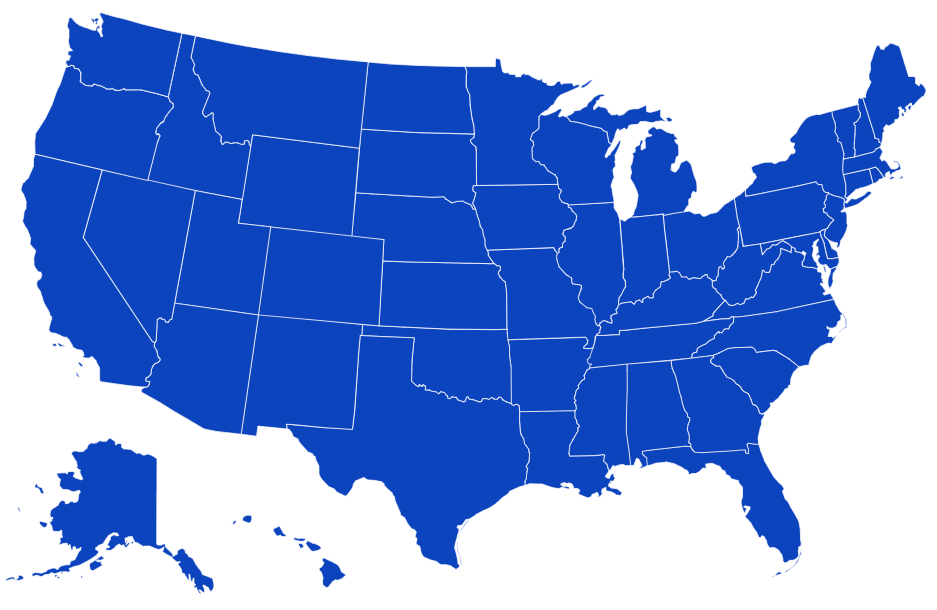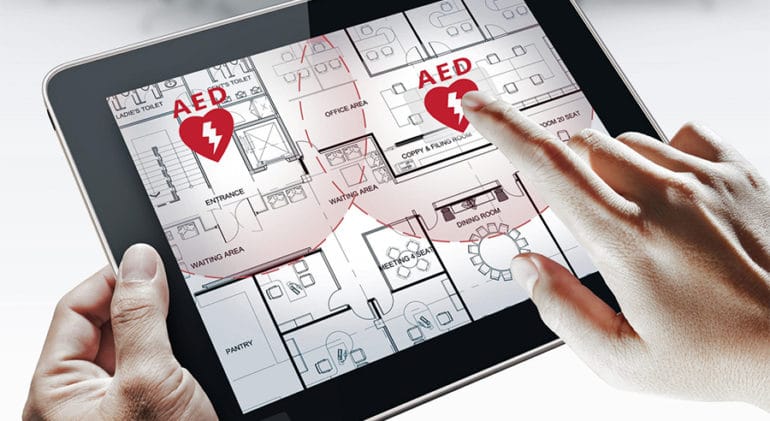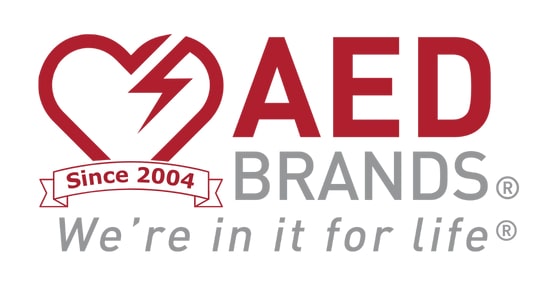- Your cart is empty
- Continue Shopping
Requirements
AED State
Laws
All fifty states have enacted laws and/or regulations requiring that public gathering places have AEDs available. The intent of these laws and regulations are so sudden cardiac death or neurological damage will not be the end result in any of these attacks.
Click on your state to view AED legislation summaries and requirements.

Please select your state below to read the state law.
Highlights
- California requires that all health clubs carry AEDs. Many schools, airports and sports arenas have them as well. Florida was the first state to enact AED laws in 1997. Each state provides Good Samaritan protection as well as legislation requirements for establishing an AED program.
- Approximately 400,000 Americans will experience a life-threatening condition each year called sudden cardiac arrest (SCA). Many of these victims will die if early medical treatment doesn’t arrive in less than ten minutes.
- Traditional first aid, including cardiopulmonary resuscitation (CPR), isn’t enough if the victim is suffering an SCA. SCA is the sudden interruption of the heart’s electrical activity resulting in an abnormal rhythm called ventricular defibrillation (VF), if VF is not corrected by defibrillating (shocking) the heart with an automated external defibrillator (AED), the victim will most likely die or suffer severe neurological damage.
- SCA can strike any person, no matter how young or old they are, and no matter how healthy they are; and while it is not preventable, sudden cardiac death can be prevented if the SCA is treated properly and quickly. Many experts agree that implementing the “chain of survival” is the key to saving lives.
- According to the National Conference of State Legislatures (NCSL), most of the bills enacted from 1997 to 2001 included one or more provisions to:
- Establish legislative intent that an “automatic external defibrillator may be used by any person for the purpose of saving the life of another person in cardiac arrest.”
- Encourage or require training in the use of AED devices by potential users.
- Require AED devices to be maintained and tested to manufacturer’s standards.
- Create a registry of the location of all such defibrillators, or notification of a local emergency medical authority.
- Allow a “Good Samaritan” exemption from liability for any individual who renders emergency treatment with a defibrillator.
- Authorize a state agency to establish more detailed requirements for training and registration.
AED Brands
Implementation Guide
How-To
Videos
Free Shipping
On Orders $99 or More
When Should
You Replace Your AED?

